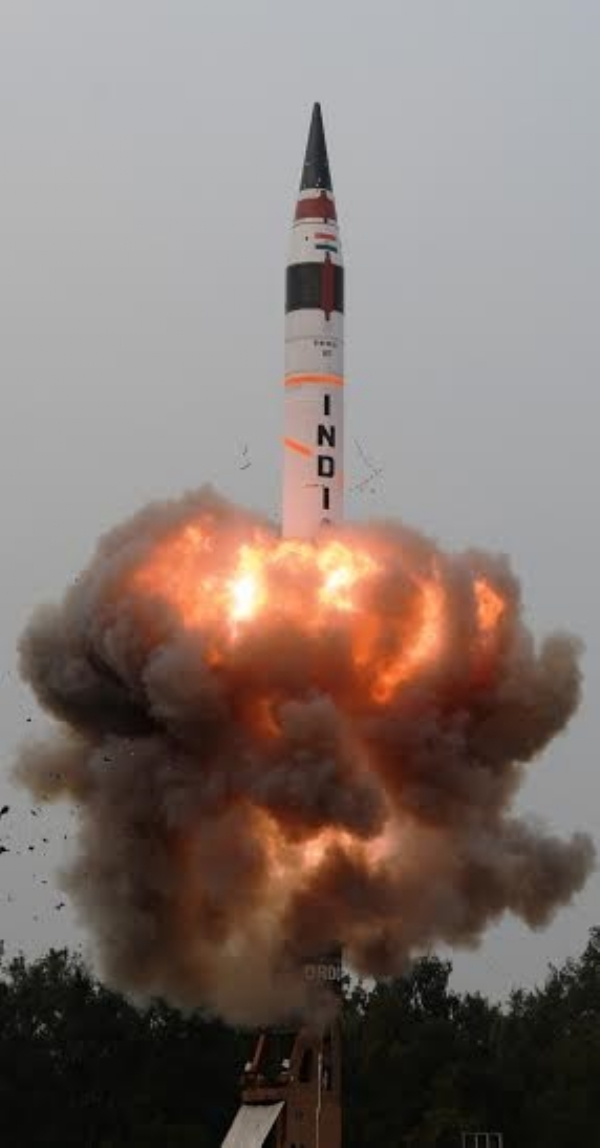
-Missile Brings China, Pakistan, and Even Parts of Europe and Africa Within Range
New Delhi, August 20 (HS): India on Wednesday successfully carried out the eighth test of its nuclear-capable intercontinental ballistic missile (ICBM) Agni-5 from the Integrated Test Range at Chandipur, Odisha. Conducted by the Strategic Forces Command, the trial confirmed all operational and technical parameters, marking yet another milestone in India’s long-range deterrence capability.
The test gains added significance in the backdrop of the postponed Operation Sindoor, as the missile—capable of striking deep into China, Pakistan, and extending its reach across Europe and Africa—demonstrates India’s strengthening strategic posture.
Jointly developed by the Defence Research and Development Organisation (DRDO) and Bharat Dynamics Limited (BDL), Agni-5 is designed as a three-stage, solid-fuel ICBM with a strike range exceeding 5,000 km. Following seven earlier trials, DRDO had hinted that the missile was combat-ready for induction into the Army and Air Force. Today’s launch reinforces its readiness without the need for further user trials.
Agni-5’s first flight was on April 19, 2012, followed by successful trials in 2013, 2015, 2016, 2018, and 2018 (two tests). Initially launched in open-configuration flights, later tests were conducted from a canister-based mobile launcher, significantly reducing launch preparation time. A planned 2020 user trial was delayed due to the COVID-19 pandemic.
Technical Highlights of Agni-5:
-Weight: ~50,000 kg; Length: 17.5 meters; Diameter: 2 meters
-Warhead Capacity: ~1,500 kg
-Speed: Up to 8.16 km/second (approx. Mach 24), nearly 29,400 km/hr at peak
-Launch Flexibility: Can be deployed from rail, road, or air-based platforms
-Heat Shield: Indigenous technology protects the payload by keeping internal temperature below 50°C even as the outer temperature exceeds 4,000°C during atmospheric re-entry.
With this successful trial, India has once again underscored its growing strategic strike potential and its indigenous technological competence in the realm of advanced defense systems.
---------------
Hindusthan Samachar / Jun Sarkar








